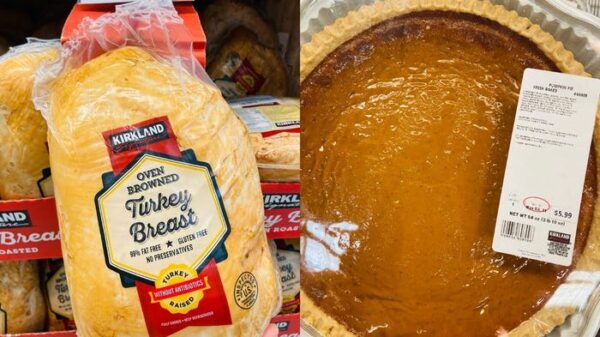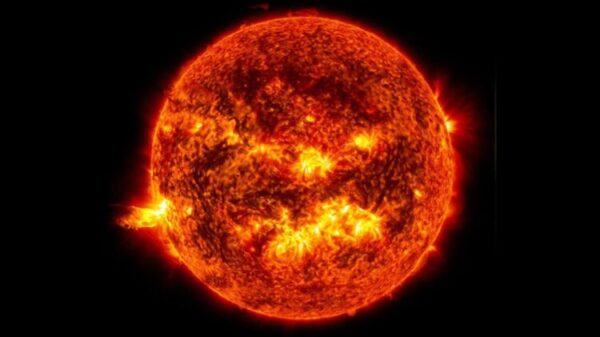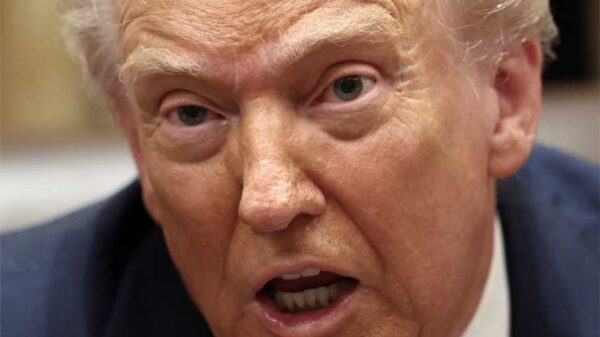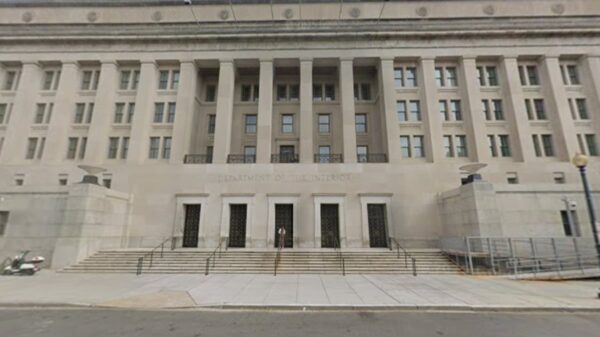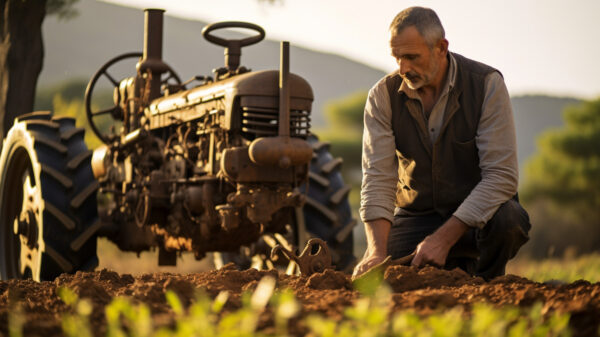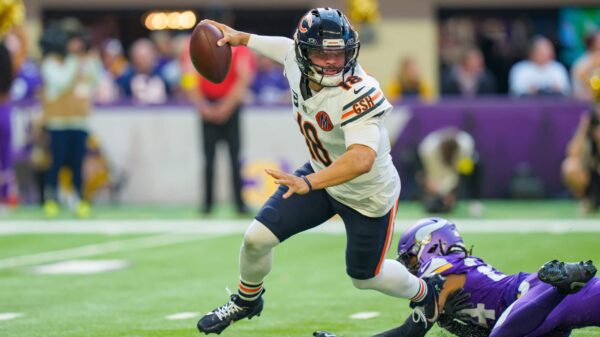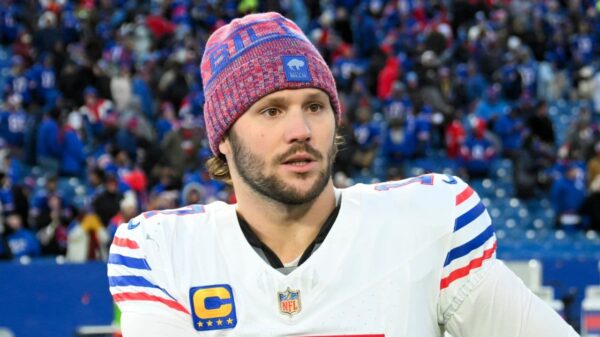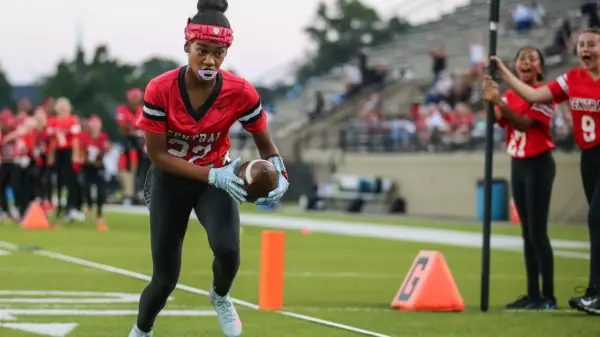The Chicago Bears have emerged as one of the most improved teams in the NFL, largely due to the exceptional performance of their second-year quarterback, Caleb Williams. With a significant reduction in his sack rate, Williams is proving to be a transformative player for the franchise. As the Bears prepare to face the Philadelphia Eagles in their Week 13 matchup, questions arise about the sustainability of Williams’ unorthodox approach.
Williams is holding the ball longer than any quarterback with a minimum of 350 dropbacks since 2012. This season, he averages 3.13 seconds before making a throw, taking a sack, or scrambling. Surprisingly, this is a longer duration than during his rookie year, when he was sacked 68 times. His sack rate has dropped dramatically, from a league-worst 10.8 percent last season to an impressive 4.8 percent, currently ranking sixth-best in the NFL.
Despite the apparent contradiction between holding onto the ball longer and avoiding sacks, the Bears’ offensive strategy has transformed under new head coach Ben Johnson. The team has seen a notable increase in their offensive Expected Points Added (EPA) per game, rising by 7.3 points compared to the previous season. This improvement is significant, as it represents the fifth-largest year-over-year gain in the league, according to TruMedia.
The Bears’ revamped interior offensive line has played a crucial role in enhancing Williams’ protection. However, his ability to evade opposing pass rushers has been equally important. Williams showcased his agility in the Bears’ recent victory over the Pittsburgh Steelers, where, despite holding the ball for an average of only 2.52 seconds, he was still sacked. A notable play involved him holding the ball for 4.9 seconds, resulting in a fumble that led to a touchdown for the Steelers.
The statistics reveal an intriguing pattern. The first chart illustrates Williams’ performance this season as an outlier among 433 qualified quarterbacks since 2013. His unique approach presents a compelling narrative, particularly in light of the second chart, which correlates the duration he holds the ball with his sack frequency over the past two seasons.
As the Bears continue to build momentum, the question remains whether Williams can maintain his current level of performance. His capability as a gifted escape artist allows him to create big plays, but the risks associated with holding the ball for extended periods are evident.
The upcoming game against the Eagles will be a crucial test for both Williams and the Bears’ offensive strategy. Fans and analysts alike will be watching closely to see if Williams can sustain his success while navigating the challenges posed by opposing defenses. His ability to minimize negative plays this season has been remarkable, but it remains to be seen how long this unconventional strategy will hold up in the competitive landscape of the NFL.





